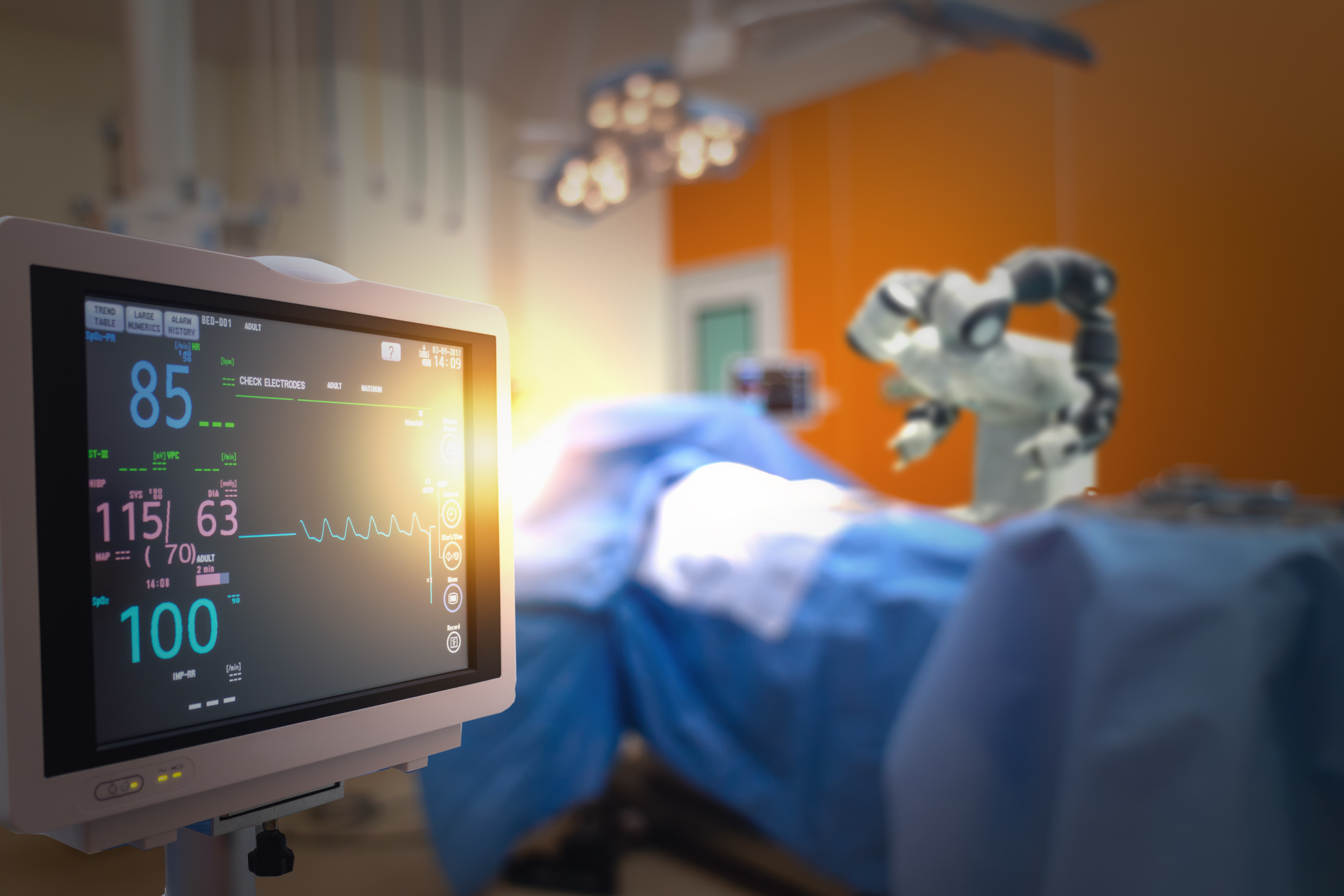
Lawyers and regulators are concerned about the lack of regulations for the use of robotic technology in surgeries.
If a surgery is performed by a robot—with no help from a human being—who is at fault for surgical mistakes? The manufacturer of the robot? The surgeon standing by? Or the robot itself?
Medicine is rapidly moving toward a time when robots will perform surgeries autonomously. Under today’s regulatory framework, this future would be filled with legal challenges.
For example, are fully autonomous robot surgeons practicing medicine? If so,the U.S. Food and Drug Administration (FDA) cannot regulate them because it lacks the authority to regulate the practice of medicine—not even a robot’s. Furthermore, because the technology is developing quickly, it would take a long time for all the states to agree on similar frameworks that could be applied across the country. In this world, other than the manufacturers and health care providers, who would regulate robots’ decisions?
Technology has not gone that far yet, but regulators are already concerned. As of now, robotic devices are only used under the supervision of surgeons. Surgeons enter calculations and program decisions into their robots, which are often referred to as robotically assisted surgical (RAS) devices.
RAS devices allow surgeons to make smaller, more precise incisions on patients’ bodies for minimally invasive surgeries. Some surgeons assert that patients are able to recover quicker, experience less pain, and lose less blood with these shorter, more complex surgeries.
Despite the benefits of robotically assisted surgery, lawyers around the world are concerned about these robots’ lack of regulation. Over the past two decades, robotic surgeries resulted in more than 144 deaths, 1,391 injuries, and 8,061 device malfunctions. Common device malfunctions included errors in programming, video and imaging issues, and broken or burnt instruments falling into patients.
Scholars are concerned that technology may advance still further in their autonomy before lawmakers solve the regulatory issues of RAS technology. A proper framework, they argue, is needed to avoid major regulatory challenges in the future.
Today, the European Union does not have a clear framework that regulates RAS devices. Under the Medical Devices Directive, the EU classifies these devices as “Class IIb medical devices.” This means that surgical robots are regulated in the same category as scissors and scalpels. Also, the EU does not recognize separate qualifications for surgeons using RAS. The lack of a separate qualification is an issue because surgeons using RAS require separate skills than regular surgeons, such as the ability to control the robot’s manipulators.
EU manufacturers are required to seek a certificate for each medical device they wish to sell. This process is not specific to RAS technology, but it does establish a quality assurance system for RAS devices before they reach the market.
FDA also regulates robots as medical devices. To receive approval, manufacturers must demonstrate that the benefits of the technology outweigh the risks. The agency reviews each RAS device individually.
Because FDA cannot regulate the practice of medicine itself, the agency can only make recommendations to health care providers. FDA recommends proper training and approves credentials. The agency also warns that RAS devices operate differently than other medical devices and that they require unique training. Finally, FDA issues warning letters to companies for device deficiencies.
FDA does not otherwise provide much guidance on the use of RAS devices. After they are approved by FDA, the training responsibilities are solely shared by the manufacturers, physicians, and health care facilities.
FDA’s lack of a clear regulatory framework is already creating confusion. Providers around the nation are using RAS devices for unapproved uses, such as cancer-related surgeries. Earlier this year, FDA released a safety communication that warned providers against using RAS devices for the treatment of cancer. FDA warned doctors not to use new technologies in unapproved ways, since their use in cancer-treatment might require specific training or new safety measures.
The unapproved use of RAS devices is one reason why lawmakers are concerned about the lack of regulation. With scientists envisioning a future of autonomous robotic surgeries, the need for regulation will only grow more urgent. As a result, lawyers are proposing various frameworks to regulate RAS.
One proposal is to create a framework that establishes six levels of autonomy for RAS devices. RAS devices can range from a smart scalpel to an autonomous robotic surgeon. Thus, different RAS devices pose different risks, yet the current regulatory framework does not recognize these differences.
Under the proposal, the levels of autonomy would range from zero to five, where level zero devices would lack any autonomy, and level five would be fully autonomous robotic surgeons.
As the level of autonomy increases, more stringent regulations and additional requirements would apply. In addition to receiving approval for the design from FDA, manufacturers of autonomous robot surgeons would have to seek licensing and certification from the hospital for each specific robot surgeon. This proposed framework would enable regulators to establish a forward-thinking approach with RAS technology.
Under another proposal, states or medical communities would establish best practices for monitoring surgical robots. These standards could encourage safer use of RAS devices. Under this framework, the medical community would establish a leadership team consisting of a Director of Robotic Surgical Services, a Robotics Head Clinical Nurse, and other leaders. If responsibilities are delegated to different leaders, robotic surgery teams can minimize surprises and mistakes during surgery. Second, the framework would require a surgeon’s first five robotic surgeries to be reviewed after credentialing. Finally, residents would be required to undergo RAS-specific training.
The future of RAS is uncertain, and the technology is evolving at a rapid pace. Today, researchers are already engineering a robot to autonomously remove a brain tumor. This robot would not only receive information from medical imaging sensors, but also respond to the feedback in real time. Autonomous robotic surgeons are coming soon, and regulators need to be prepared.



